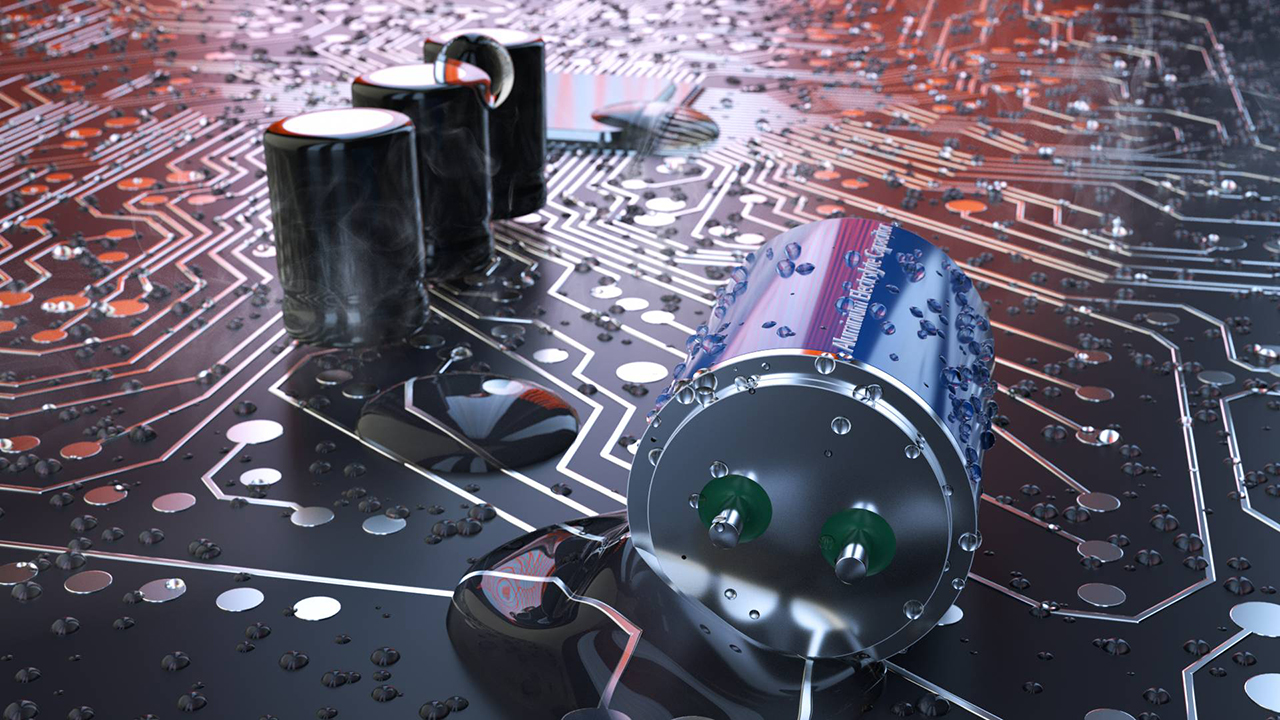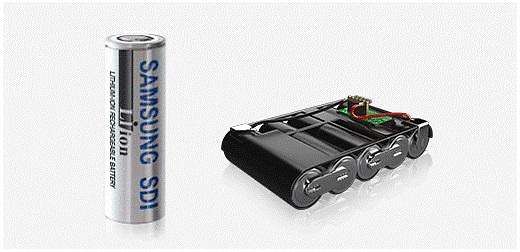Tell Me More About Lithium Oxygen Battery
Jul 30, 2019 Pageview:1214
Introduction
In this modern life, numerous electronic devices are powered by a lithium-ion battery. These batteries have made it easier to use our devices such as mobile phones and laptops wherever we are. The Li-Ion batteries are associated with a high energy density. However, their energy density is still not enough. There are increasing demands for higher energy density power sources and that is what has led to the search for alternatives. The increasing urge to look for alternatives to the intercalation chemistry of lithium-ion batteries has led to increased interest in lithium-oxygen batteries. These batteries charge and discharge by converting lithium and oxygen into a metal oxide and back again.
What is Lithium Oxygen Battery?
Lithium oxygen battery is a new type of battery technology that could pack more energy and last longer than its predecessors like the lithium-ion battery. These batteries are made of more sustainable materials than the typical lithium-ion batteries. They are actually considered to be promising candidates for the next generation of rechargeable batteries.
Lithium oxygen batteries are made of two electrodes, an anode and a cathode, which are separated by an electrolyte. When the battery is discharging, the oxygen molecules on the cathode combine with lithium ions from the electrolyte to form a solid compound known as lithium peroxide. The chemical reaction between oxygen and lithium ions is what releases energy. When the battery is charging, then lithium peroxide is broken apart where lithium and oxygen return to their initial positions.
However, the forging of lithium peroxide leads to the formation of several unwanted chemistry by-products which waste energy. This, in turn, makes the lithium-oxygen battery to only deliver about 80 percent of its stored electric charge to the device it’s powering. These unwanted chemicals can also damage the battery’s electrolyte and cathode, and so the batteries often fail after only a few dozen recharge cycles.
However, more research is still ongoing on how to build a better lithium-oxygen battery. To build a better battery, some manufacturers have replaced the typical organic electrolyte for an inorganic molten salt, and the standard carbon-based cathode for a metal-based cathode.
In the case of a typical lithium-oxygen battery, when it is discharging or powering another device, a chemical reaction happens between oxygen and lithium ions leads to the formation of lithium peroxide crystals on the surface of the cathode. On the other hand, discharging the new lithium-oxygen battery leads to the formation of lithium oxide on the surface of the cathode, which allows the battery to deliver more energy and last longer.
In the new lithium-oxygen battery, oxygen combines with lithium to form lithium oxide. This chemical reaction allows the battery to store up to 50 percent more energy than the lithium peroxide reaction. Therefore, the new design can lead to the manufacture of more energy-dense batteries than the previous design. Moreover, forging lithium oxide does not produce unwanted chemical by-products that lithium peroxide does. As a result, the new lithium-oxygen battery is able to release nearly all of its stored charge to other devices, and it can handle more recharge cycles than other lithium-oxygen batteries.
The new batteries give more hopes to the electric cars. However, there is still some work that needs to be done before they can be used in electric vehicles. The main reason is that new lithium oxygen batteries have to be heated to at least 150 degrees Celsius to work. Therefore, you would have to find a way to heat the battery first when you start up the car.
Progress in the battery field is usually incredibly slow and requires many years for promising advances in the lab to move into the commercial arena. The new lithium oxygen batteries still need to achieve far more life cycles to compete with lithium-ion batteries and other types of batteries presently in the market.
Lithium Oxygen Battery Advantages
Everyone wants to have better batteries to power our various electronic devices such as mobile phone, laptops and even electric cars. The current lithium-ion battery, which is used in nearly electronic devices does not have enough energy density. You have to charge the battery every day.
Lithium oxygen batteries are considered highly promising battery technologies for electric cars and electronic devices because of their theoretical potential for delivering high energy output in proportion to their weight. These batteries indeed have been touted as the ultimate batter. They have been associated with high energy density which is ten times that of a lithium-ion battery. This high energy density would actually be comparable to that of gasoline and would enable an electric car with a battery that is a fifth the cost and a fifth the weight of those presently on the market to drive for about 500 miles on a single charge.
Another advantage of the new lithium oxygen battery is that it is inherently protected from overcharging. This is because the chemical reaction in this battery is actually self-limiting. When the battery is overcharged, the chemical reaction shifts to a different form that prevents further activity. Most of the times, when a typical battery is overcharged, it can cause irreversible structural damage or even explode. But the lithium oxygen battery does not get damaged due to overcharging.
Another great thing about these batteries is that they have a long useful lifetime. The lab version of the new lithium oxygen battery was put through 120 charging and discharging cycles, and showed a capacity loss of less than 2 percent.
The new lithium oxygen batteries can actually be installed and operated just like the conventional solid lithium-ion batteries and they would not require any of the auxiliary components. That means the batteries could easily be adapted to existing installations or conventional battery pack designs for electric cars, electronic devices or even grid-scale power storage.
The new lithium oxygen batteries feature cathodes that are much lighter than the conventional lithium-ion battery cathodes. This means that this battery can store as much as double the amount of energy for a given cathode weight. Further refinement of the design can actually make the batteries double that capacity again.
How Does Lithium Oxygen Battery Work?
The conventional lithium oxygen batteries draw in oxygen from the outside air to facilitate a chemical reaction with lithium ions during the discharging cycle. This oxygen is then released again to the atmosphere during the reverse reaction in the charging cycle. During discharging or when the battery is powering another device, oxygen drawn from the atmosphere combines with the lithium ions to form lithium peroxide crystals on the cathode thus releasing energy. This chemical reaction often leads to other by-products that can corrode the cathode and thus reduce the lifetime of the battery. When the battery is charging, lithium peroxide is broken apart where lithium and oxygen return to their initial forms.
In the new lithium oxygen battery, the same kind of electrochemical reactions take place between lithium and oxygen during charging and discharging. However, during discharging lithium ions combine with oxygen to form lithium oxide. The chemical reaction leads to the release of energy without having any unwanted by-products. In the new battery, oxygen is not reverted to a gaseous form. Instead, it stays inside the solid. This helps to reduce the loss of voltage by a factor of five from 1.2 volts to 0.24 volts and so only a small percent of the electrical energy is turned to heat. As a result, the battery is able to deliver more energy and even last longer.
In the conventional lithium oxygen battery, the chemical reaction that takes place during charging and discharging converts oxygen between gaseous and solid forms. This causes the material to go through huge volume changes that damage electrical conduction paths in the battery, these significantly reduce its lifetime.
Conclusion
There are increasing demands for higher energy density batteries around the world. You have experienced the need for higher density battery as an individual too. Lithium-ion batteries are used everywhere to power electrical devices and even electric cars, but their energy density is still not enough. The new lithium oxygen batteries have been touted as the ultimate battery and the best alternative to lithium-ion batteries due to their higher energy density. This approach is still in the lab and may take a longer time before they move to the commercialization arena. Still, they present a good future for electric vehicles and electronic devices.
- Prev Article: Talk About Lithium-Ion Battery Health Risks
- Next Article: What do you think about lithium-ion battery components?
Leave Message
Hottest Categories
-
Hottest Industry News
-
Latest Industry News











